Surroundings
In addition to the sea, Tortoreto offers its visitors various clubs and resorts on the beach, numerous festivals, town celebrations and the opportunity to discover the history and culture of Abruzzo: the ‘Region of the Parks’ (actually, over 30% of its territory is protected by environmental protection laws).
A stay in Tortoreto is also an opportunity to immerse yourself in the landscape, culture and history of the hinterland. Abruzzo, a strong and wild but at the same time gentle land, offers tourists true historical and naturalistic monuments.
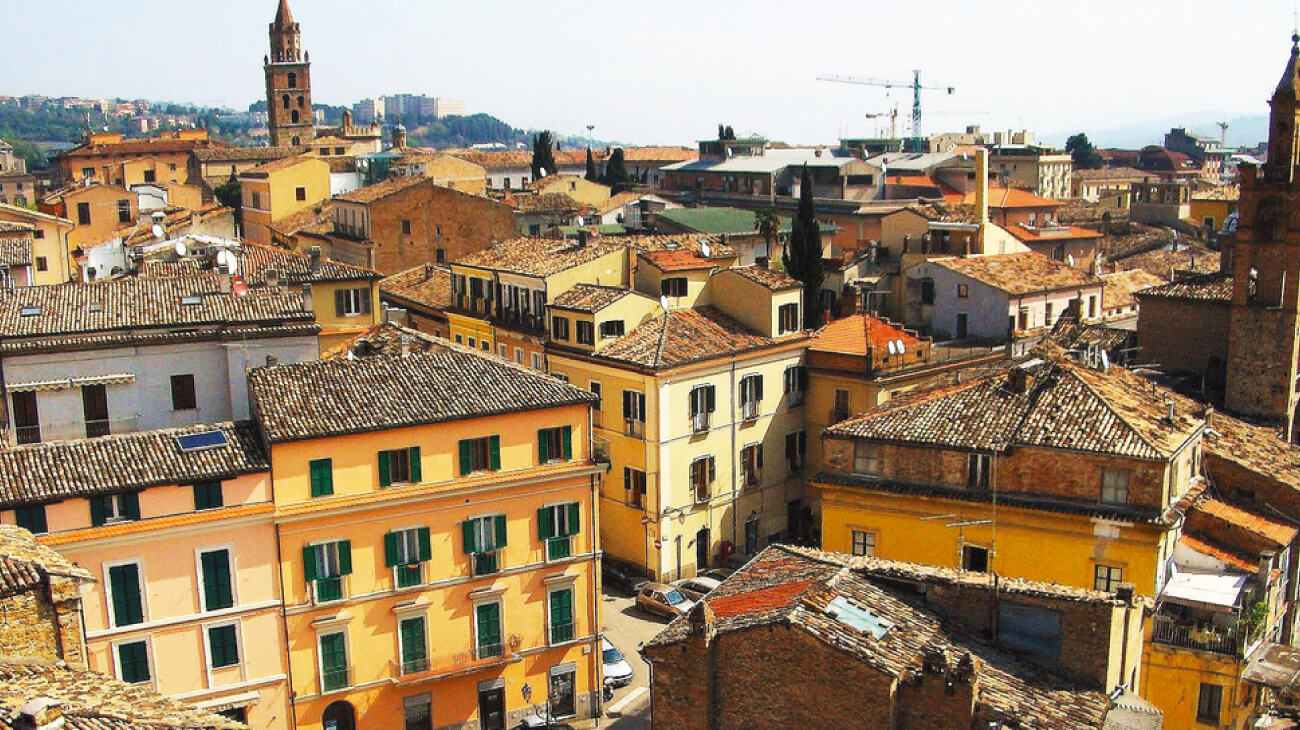
Teramo
The town of Teramo boasts ancient origins, it was the capital of the so called Praetotium, the surrounding territory under Roman rule. Under Emperors Augustus andHadrian Teramo lived a golden age which was witnessed by its ancient baths, theatre, amphitheatre and other monuments later submerged by the new city. In the 15th century it was torn by the struggles between the Melatini, Antonelli, Spennati and Mazzaclocchi families. Then it passed under Francesco Sforza and Alfonso d’Aragona. In 1798 it fell under the French dominion until 1815, when it was conquered by the Spaniards again and then it followed the history and the fate of Southern Italy
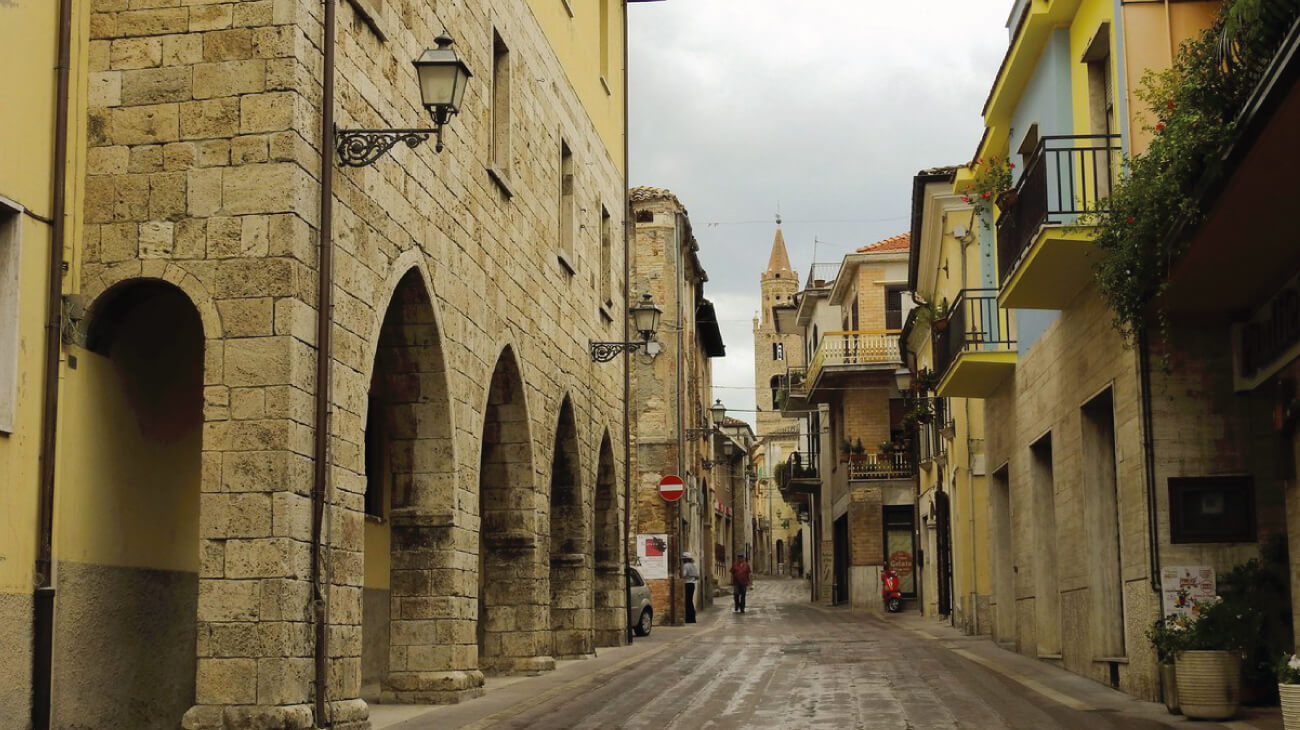
Campli
Campli is located on a hill between the valleys of the streams Fiumicino and Siccagno. Rich in architectural monuments that make it a real town of art, Campli is home to a section of the National Archaeological Museum which houses the remains of the Necropolis of Campovalano. A beautiful example of medieval architecture is the Parliamentary Building which later became Palazzo Farnese, in front of the Cathedral of S. Maria in Platea dating back to the 14th century, with its Romanesque bell tower. Another famous place is the Scala Santa (Holy Stair), which got this name after 1776, due to the widespread custom of granting indulgence to those who walked on it on their knees.
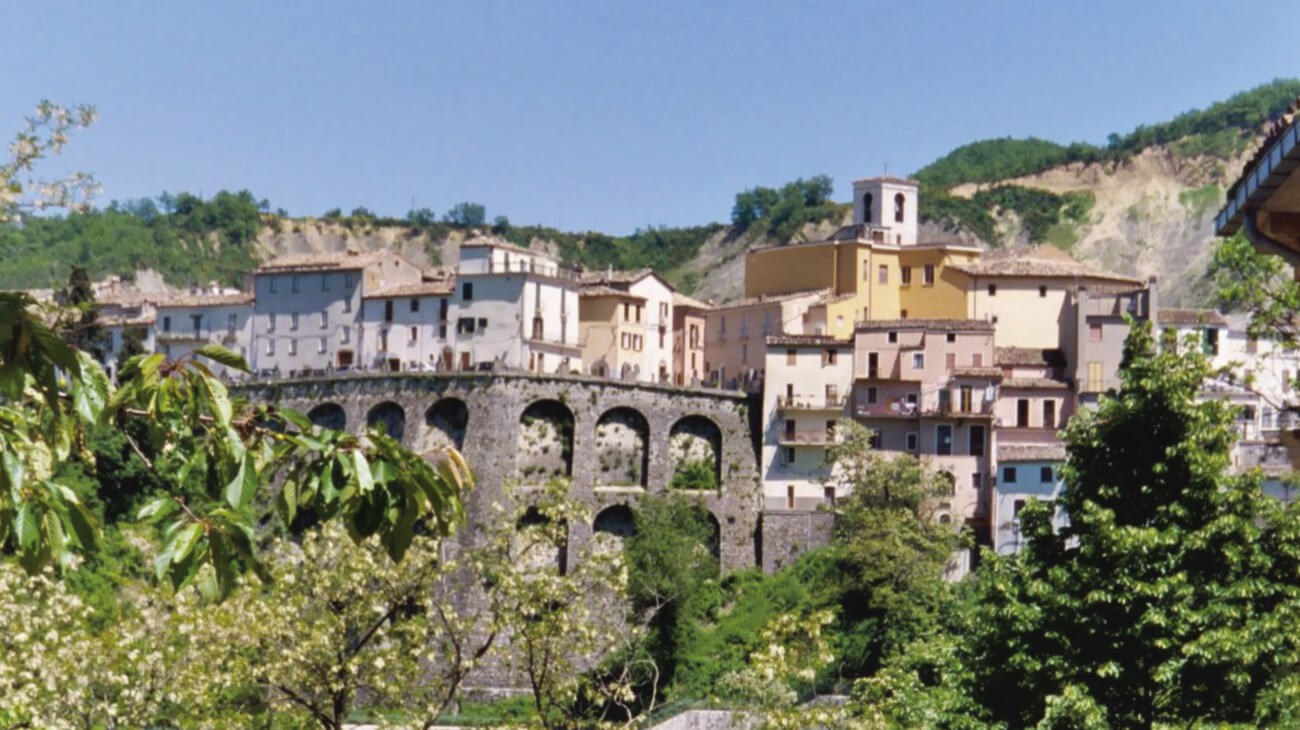
Castelli
Located just below the peaks of Mount Camicia, Castelli is one of the most important tourist destinations in Abruzzo. It is home to famous ceramist masters who served the kings of Naples and the princely houses of Rome. Mainly known for its artisan workshops, Castelli has been renamed “the town of ceramics” and owes its fame to this art, whose origins date back to the 13th century. Since then, in this small, but characteristic village at the foot of Gran Sasso, this fine art has been handed down from father to son.
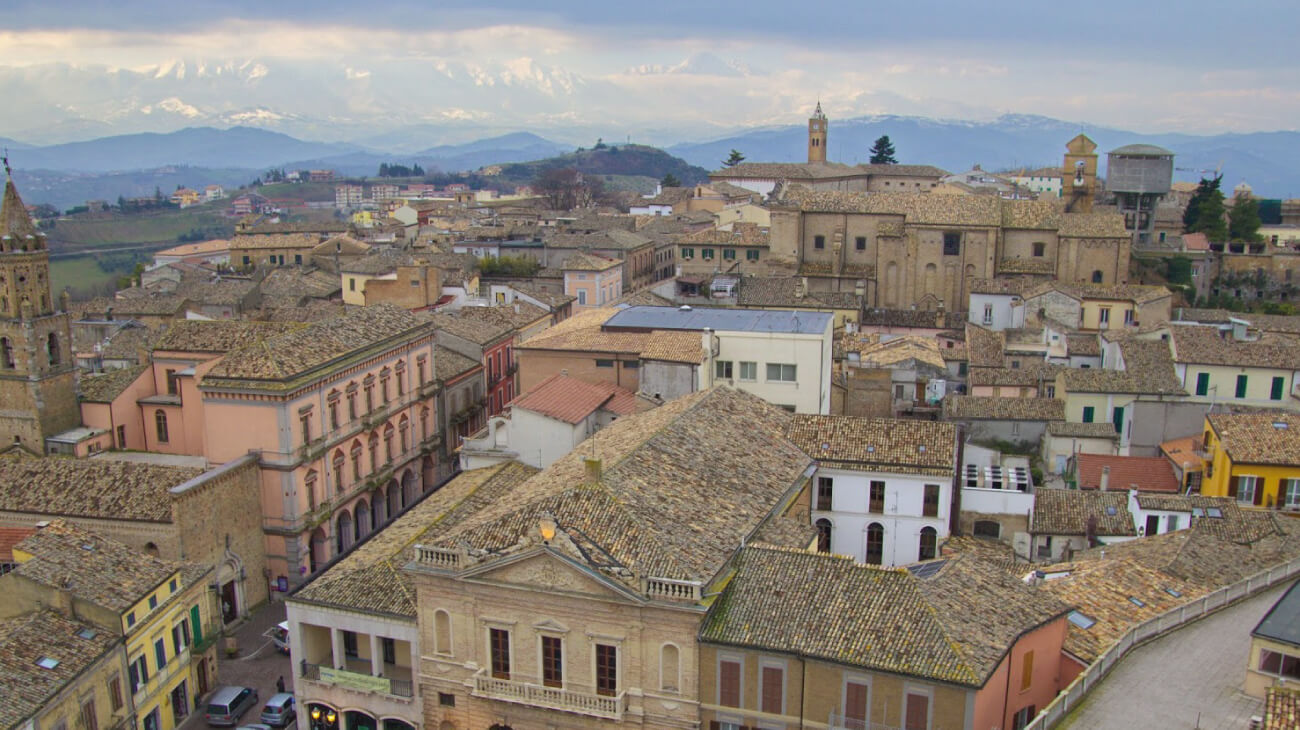
Atri
Atri was a city of great prestige in the ancient world, since the 11th and 12th centuries b.C. It was the only town on the Adriatic coast to mint coins before Rome, besides being an important trade centre, thanks to its porton the Adriatic Sea, hence the thesis that the name of the same sea derives from the ancient Hatria. In Roman times it fought alongside Rome in the wars against Hannibal. The city lived its period of maximum splendour under the Dukes of Acquaviva. The glorious past of Atri is testified by the archaeological finds scattered throughout the surrounding territory.
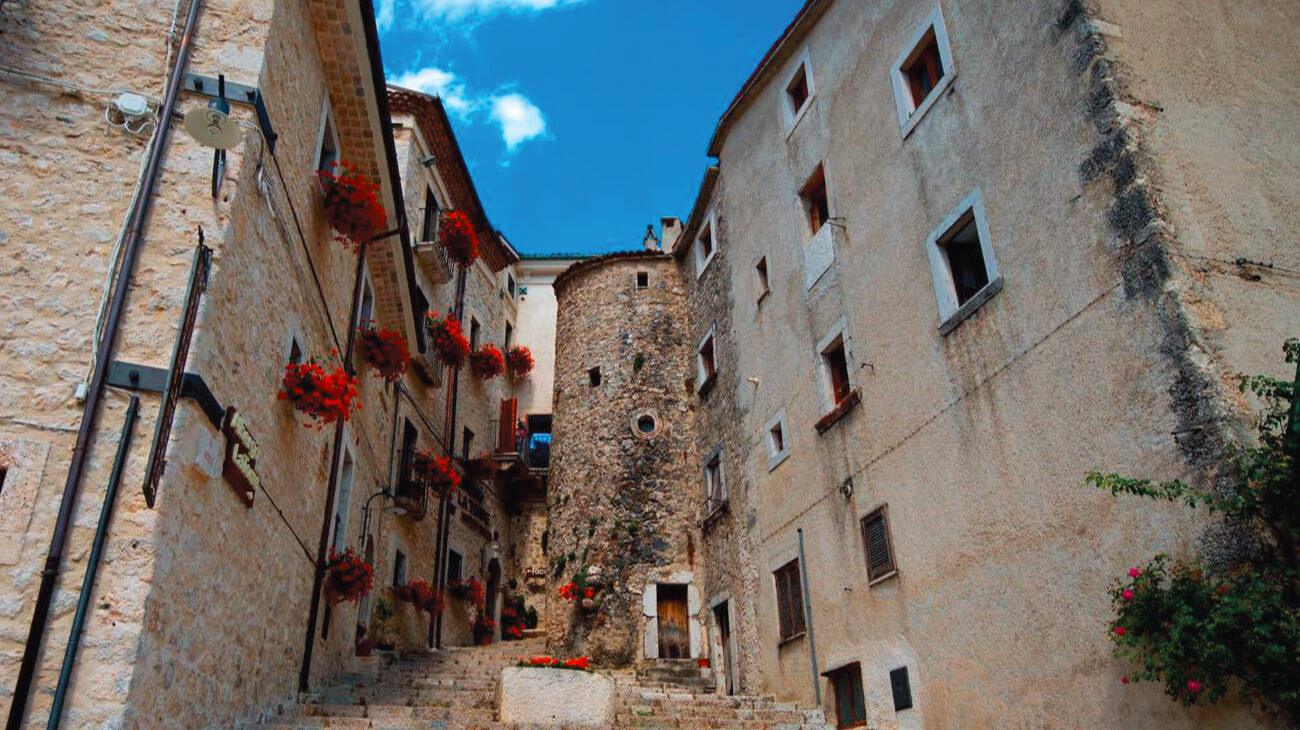
Civitella del Tronto
The fortress of Civitella del Tronto is one of the most impressive military engineering works in Italy: it stretches for more than five hundred metres in length on a rocky ridge. All its brilliant history is linked to the strategic position it held, for a few centuries, as a stronghold to defend the northern borders of the various Neapolitan realms. The fortress and the connected village suffered more sieges, but history mainly remembers the unfortunate defense against the Sardinian Piedmontese army in 1860/61, which ended with the surrender on March 20th, 1861, when the last Bourbon stronghold gave up the fight aginast the nascent unification of Italy. St. Gabriel Through the millennia, religiosity in Abruzzo has concretized its expressions of devotion in some great sanctuaries. The most important one, which welcomes more than two million faithful every year, is located at the foot of Gran Sasso and is dedicated to a young Passionist Saint. His name is San Gabriele dell’Addolorata. The fame of this saint exploded in 1892, when his mortal remains were exhumed and the first glorious prodigies took place on his grave. In 1920 he was proclaimed a saint and in 1959 Pope John XXIII declared him patron saint of Abruzzo. Salinello Gorges Not far from Civitella del Tronto, it is possible to go hiking in the Salinello Gorges. A natural environment that combines history, culture and nature between the two slopes of Monti Gemelli: Montagna di Campli and Montagna dei Fiori. The maker of this natural monument was the stream Salinello which, acting on the entire mountain for millions of years, has created a “gorge”. This is several kilometres long, about 200 metres high and of variable width from no more than 5 metres to tens of metres, thus originating waterfalls, caves and cavities.
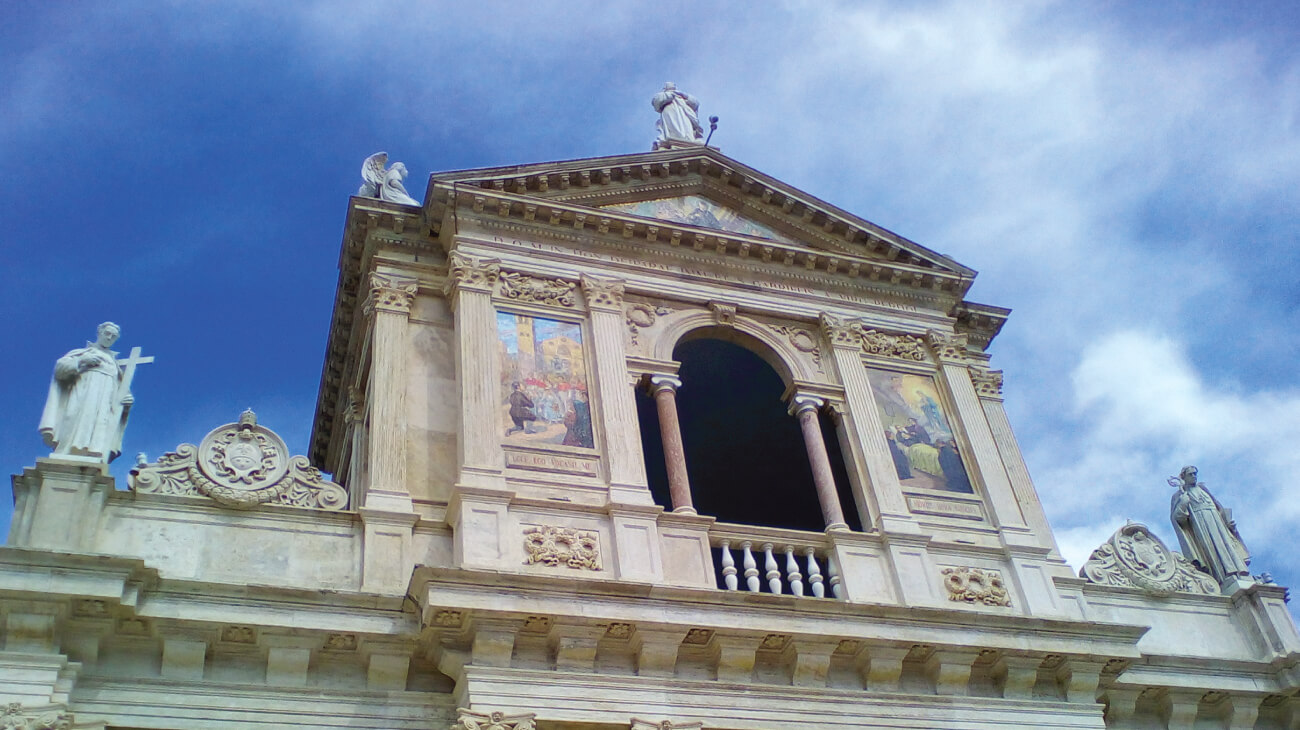
St. Gabriel
Through the millennia, religiosity in Abruzzo has concretized its expressions of devotion in some great sanctuaries. The most important one, which welcomes more than two million faithful every year, is located at the foot of Gran Sasso and is dedicated to a young Passionist Saint. His name is San Gabriele dell’Addolorata. The fame of this saint exploded in 1892, when his mortal remains were exhumed and the first glorious prodigies took place on his grave. In 1920 he was proclaimed a saint and in 1959 Pope John XXIII declared him patron saint of Abruzzo.
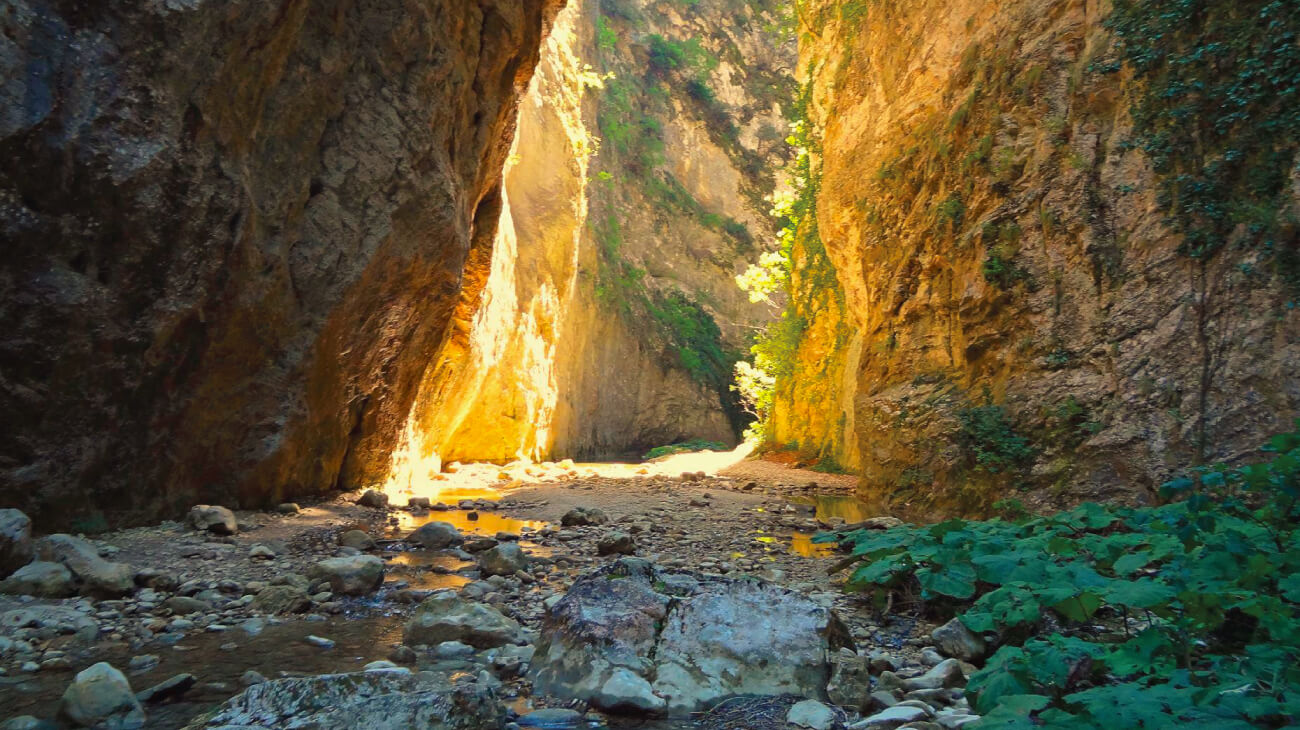
Salinello Gorges
Not far from Civitella del Tronto, it is possible to go hiking in the Salinello Gorges. A natural environment that combines history, culture and nature between the two slopes of Monti Gemelli: Montagna di Campli and Montagna dei Fiori. The maker of this natural monument was the stream Salinello which, acting on the entire mountain for millions of years, has created a “gorge”. This is several kilometres long, about 200 metres high and of variable width from no more than 5 metres to tens of metres, thus originating waterfalls, caves and cavities.v
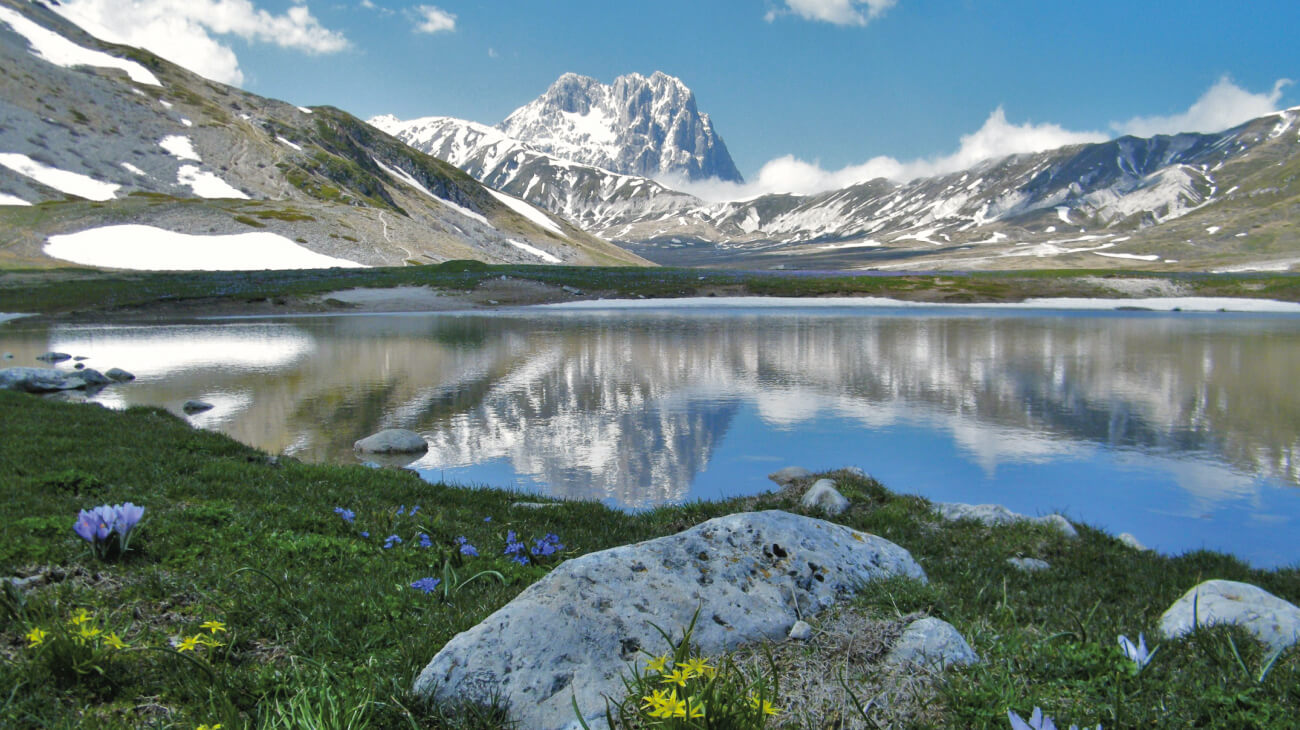
Gran Sasso Laga Park
Abruzzo boasts one of the most extensive and precious protected areas in Europe, the Gran Sasso and Monti della Laga National Park. Here, the millenarian work of man has integrated harmoniously into a superb environmental context, and it has further enriched it. Wild nature rich in forests, springs, waterfalls, prairies, plateaus, vertiginous ridges and rocky walls, populated by many species of fauna and flora typical of this area, in addition to the most representative animals of the Apennines such as wolf, Abruzzo chamois, bear, golden eagle and short-toed eagle. The territory of the Park is actually a “European biodiversity monument”.
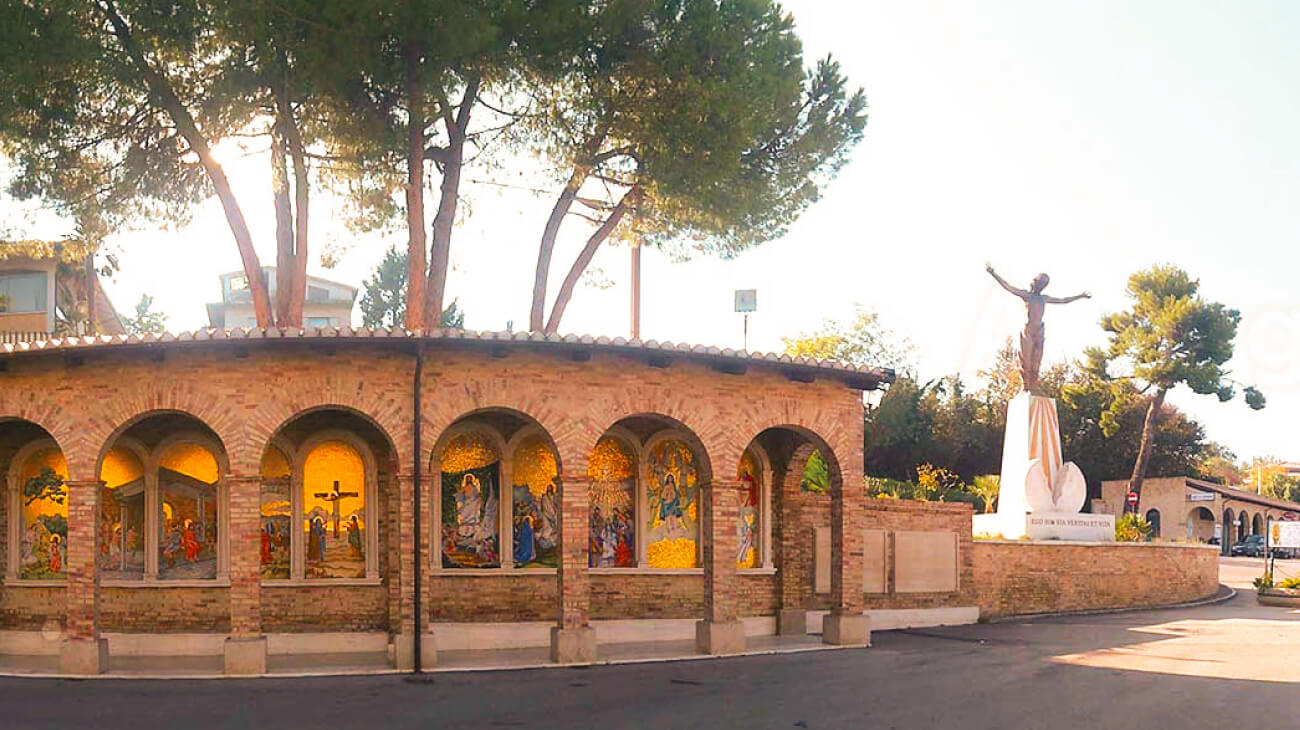
Madonna dello Splendore
It was 1557, on 22nd April, when a farmer, Bertolino, while was gathering wood, saw a bright light with the smiling Virgin who asked him to announce the community the most beautiful news: the Mother of God had chosen the Julian town to be honored with the construction of a sanctuary. As proof of the miracle, a source of pure water gushed out at the foot of an olive tree and still exists today. If you go to the village, you can visit the source of miracle and mark your forehead with its holy water, so that you can be blessed by Our Lady.
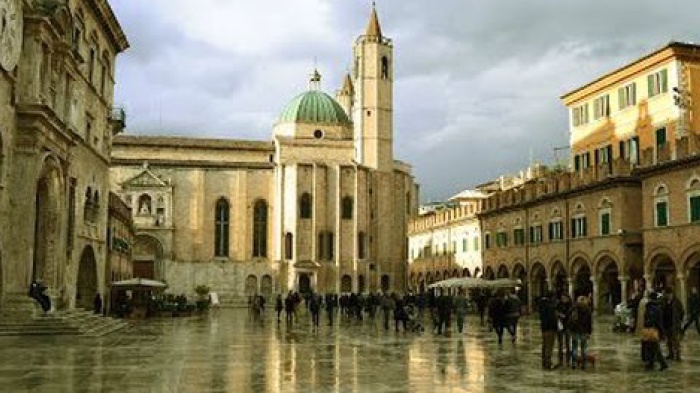
Ascoli Piceno
Ascoli Piceno’s town centre is full of civil and religious buildings dating back to the Middle Ages. The magnificent Piazza del Popolo is overlooked by some of the most important places, among which Palazzo dei Capitani del Popolo (XIII century), the historic Caffè Meletti, the church of San Francesco (XIII-XVI century) and the Loggia dei Mercanti. Piazza Arringo, the oldest in Ascoli, is also worth a visit, with the baptistery of San Giovanni, the cathedral of Sant’Emidio – duomo of the city, dedicated to the patron saint – the Episcopal palace and Arengo palace, home to the civic art gallery. Last but not least, there is the church of San Vincenzo and Anastasio (XI-XIV centuries), with its façade divided into squares, and the church of Sant’Emidio alle Grotte (18th century).


